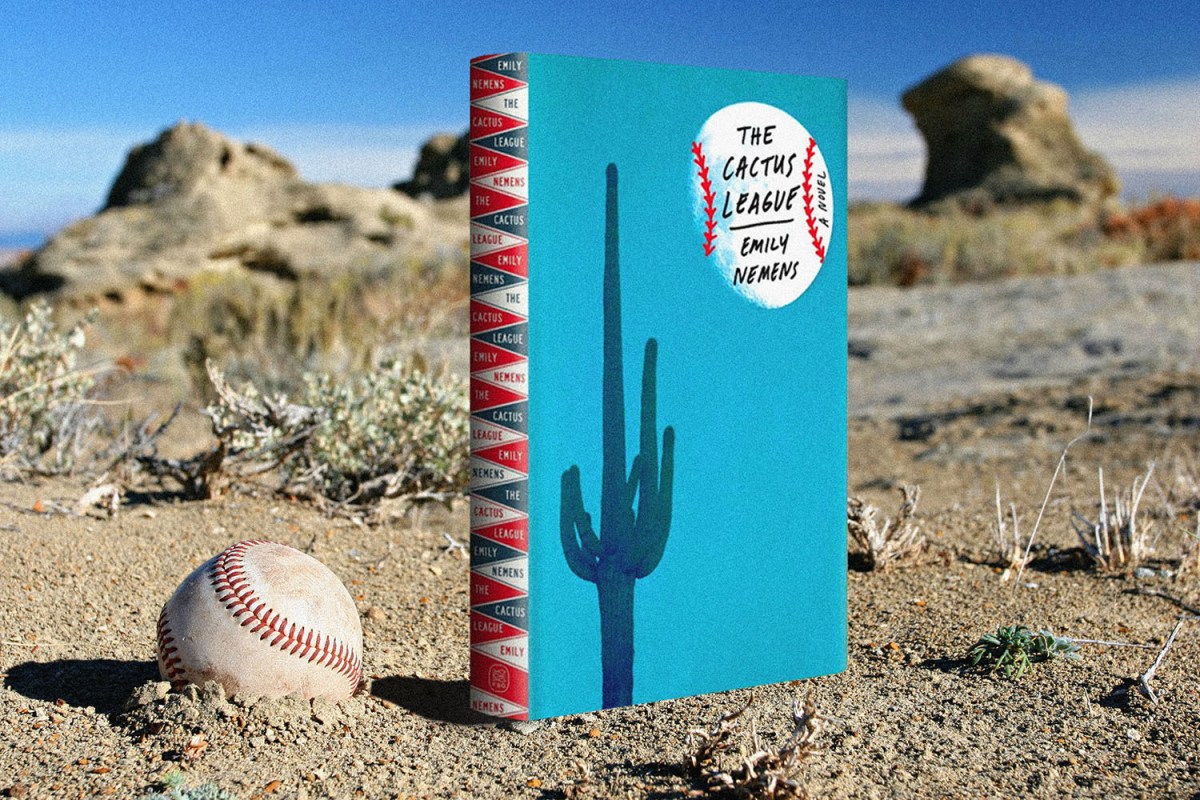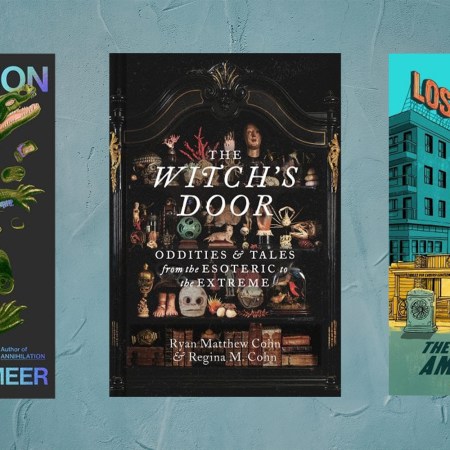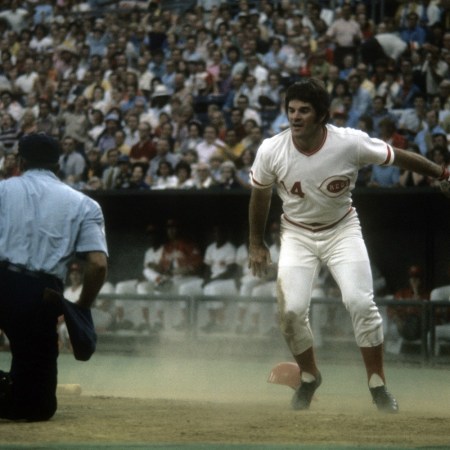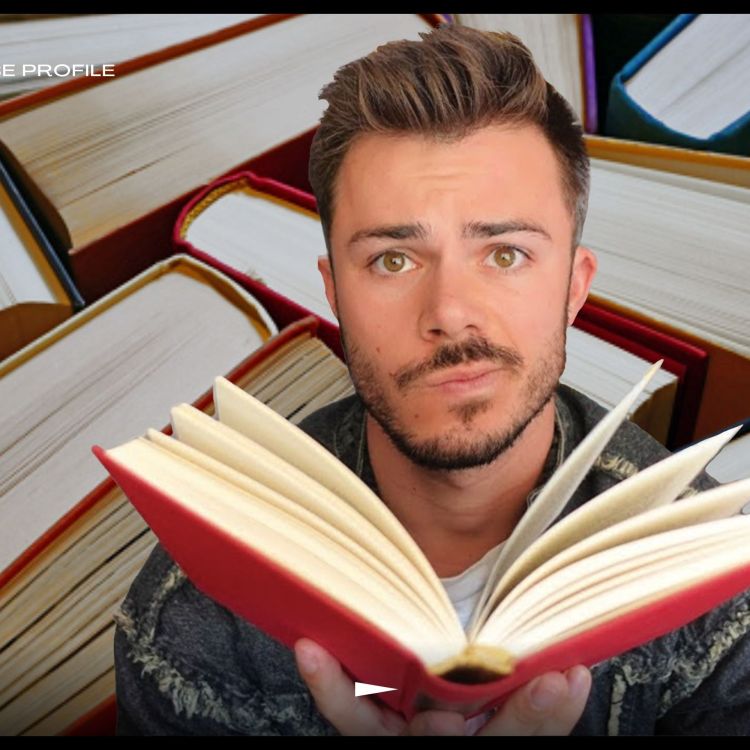Major League Baseball, it turns out, will most likely return this season. But the question is, when? And how? And, well, where? We appear to be getting closer each day to a viable plan for the 2020 season, but there has been no shortage of rumored changes that are expected to be put in place in an effort to mitigate the spread of COVID-19. For example, sources familiar with talks between MLB and the Players Association told Jeff Passan at ESPN that an electronic strike zone could be used to keep umpires farther away from players. Passan also reported that dugouts could be a thing of the past, with players being forced to sit in the empty stands, six feet apart.
Perhaps the most prudent and realistic idea is to divide the league into three 10-team divisions: East, Central and West. The dividing line of American League and National League would be erased for this season, letting geography dictate who plays whom. The plan would allow teams to compete in their home stadiums and it would also limit travel, which would be safer during the pandemic and also result in more games. One anonymous league official told USA Today that they are “very optimistic” about the idea.
The most ambitious proposal to date, reported last month by the Associated Press, has been dubbed “The Arizona Plan:” All 30 MLB teams would play the entire season in the Phoenix area, home to the Arizona Diamondbacks’ Chase Field as well as 10 spring training facilities nearby. Fans would not be allowed to attend and players would be confined to hotels for the whole season. Former MVPs Mike Trout and Clayton Kershaw have both publicly doubted the plan, emphasizing the fact that they’d be away from their families for too long (Trout’s wife is pregnant, to boot).
In any case, there is a good chance the plan MLB approves will look a lot different than what has already been pitched. As Larry Stone wrote in the Seattle Times, “MLB likes to send out more trial balloons than the United States Weather Service.” But one thing is for sure: If the league decides to throw us a curve (I’m sorry) and implement the Arizona Plan, Emily Nemens’ debut novel “The Cactus League” should be required reading for players and fans alike.
The Cactus League isn’t your typical baseball story. There are no late-inning heroics or home runs that shatter stadium lights. Scrappy middle infielders with a team’s worth of heart are nowhere to be found. Even though this is a baseball book, there are few people to root for.
Nemens’ novel, published earlier this year, takes place during the 2011 spring training season of the fictional Los Angeles Lions. The team plays in Scottsdale, Arizona, home of the namesake Cactus League. Divided into nine chapters — or innings, rather — the story follows the downward spiral of MVP left fielder Jason Goodyear, a Trout-like golden boy whose unseen gambling addiction starts destroying his relationships, image and bank account.
Nemens tells Goodyear’s tale through a series of what The New York Times called “very cleverly interlinked short stories.” Each chapter has a different protagonist, and the characters inevitably pop up elsewhere in the book, like a relief pitcher jogging onto the diamond from a hidden door in the outfield fence. The structure is reminiscent of Jennifer Egan’s Pulitzer Prize winner “A Visit from the Goon Squad.” The first chapter tells the story of Michael Taylor, a Joe DiMaggio-worshipping batting coach who arrives at his Arizona home to discover squatters have trashed his place and stolen his Cadillac. The next chapter introduces us to Tami, a “cleat chaser” whose expertise in baseball is rivaled only by her prowess in — how do I put this — scouting this season’s crop of athletes.
Nemens, a loyal Mariners fan and editor of The Paris Review, used to travel to watch Spring Training games with her father. The trips have paid off, as she’s written one of the best baseball books in years. Nemens’ prose captures the hope and desperation of Spring Training with such clarity and expertise that you’d think she’s a hardened veteran of the game. Even she described herself to MLB.com as a “grizzled old catcher.” And at under 300 pages, the book serves as an excellent quarantine binge for readers eager for baseball’s return.
When Nemens dives into the actual playing of baseball, it’s not romantic: One of the strongest chapters spotlights Greg Carver, a pitcher coming off Tommy John surgery who can only handle the pain of throwing — and the fear of being cut — under the numbing influence of Vicodin:
“Sinking into the pill while pitching is a strange sensation. In the first inning the pain dulls. A guy gets on base but no damage is done. In the second the ache in his arm slips away and he begins to float above himself, like he’s a fan in the grandstand, watching the action on the field. Someone hits a ball to deep left, but Goodyear is there, waiting under it. He hardly has to step. And he throws back to the mound, a rocket. Greg feels that, the heat of the throw through the leather of his glove.”
What makes the book so unique and enjoyable, however, is that the game of baseball is hardly at the forefront. Similar to how Field of Dreams reveals itself to be a movie about Ray’s relationship with his father, Nemens’ book (which deserves a roster spot in the stacked lineup of great baseball stories), is a profile of a community trying to keep its head above water in the wake of the Great Recession. “The book’s explorations of economic vulnerability, outsize celebrity culture, and the emotional ripples of disenfranchisement—I think those are very 2020,” Nemens told Electric Lit. “But this story needed to take place during the nadir of the last recession.”
I hope the league doesn’t invoke the Arizona Plan. I think it would create more problems than it solves, not the least of which is the punishing physical toll of playing in the desert heat all year. But if they do, make sure to pick up a copy of The Cactus League. Though it’s fiction, the book lays out what a season spent in Arizona could look like, for better or worse.
This article was featured in the InsideHook newsletter. Sign up now.























